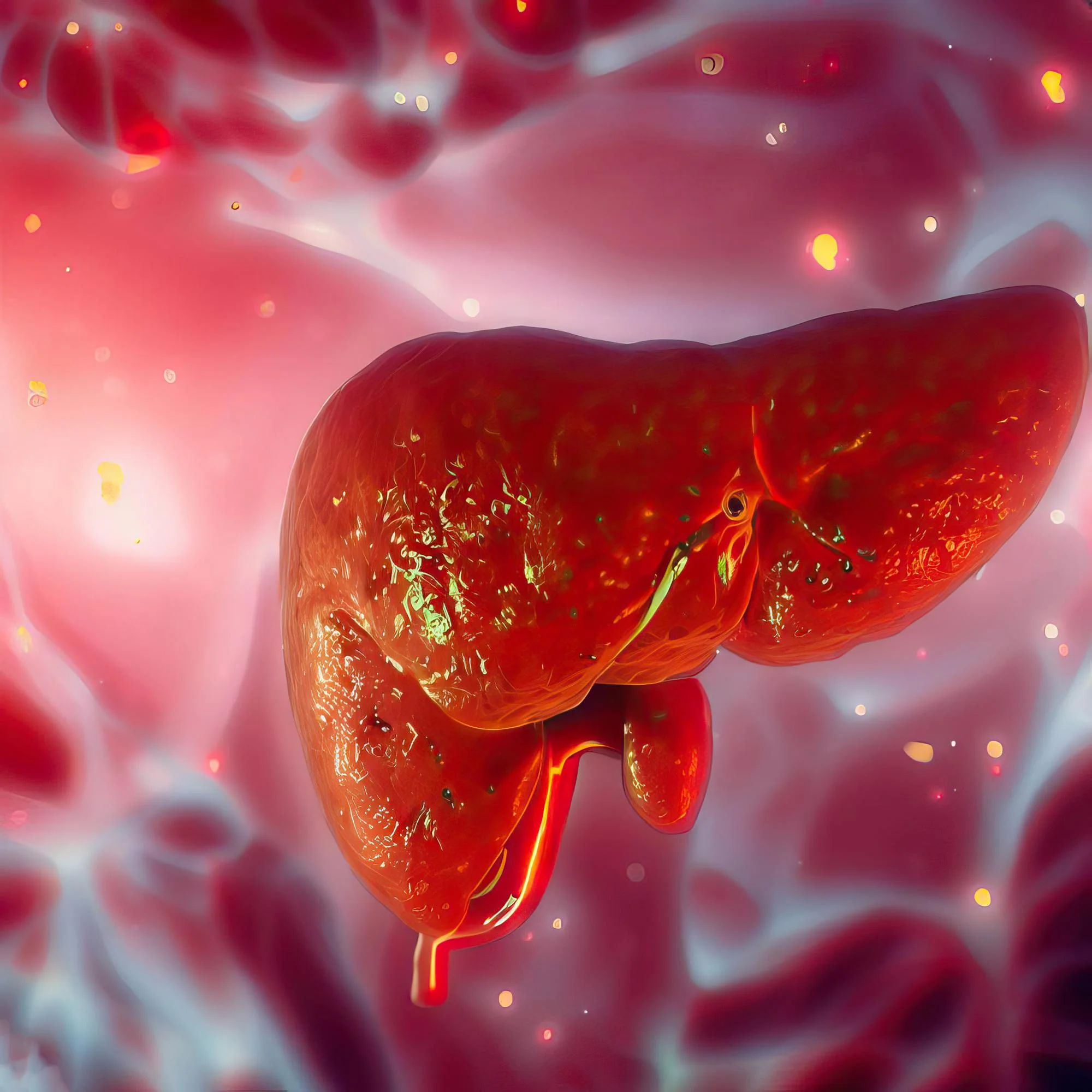New research has emerged from the medical community, signaling a major advancement in the early detection of Intestinal Failure Associated Liver Disease-Cholestasis (IFALD-cholestasis), a serious complication that afflicts patients undergoing long-term parenteral nutrition (PN). Conducted by a team of experts at Jinling Hospital in China and published in Clinical Nutrition ESPEN, the study has found that measuring serum Fibroblast Growth Factor 19 (FGF19) levels and liver stiffness can significantly improve the prediction of this condition.
Understanding IFALD-Cholestasis
Intestinal Failure (IF) is a condition where the gut is unable to absorb enough fluids, electrolytes, and nutrients to sustain life, often requiring long-term PN. A common and severe complication of IF is IFALD-cholestasis, characterized by liver damage and bile flow impairment. Historically, the lack of effective early identification markers for IFALD-cholestasis has led to poor clinical outcomes, making predictive indicators invaluable in the management of this disease.
Breakthrough Findings
This study, with its DOI: 10.1016/j.clnesp.2023.11.008, involved the analysis of data from 203 patients with IF, in which 70 (34.5%) developed IFALD-cholestasis. Patients diagnosed with IFALD-cholestasis had their total bilirubin levels exceed 1 mg/dL and conjugated bilirubin levels surpass 0.3 mg/dL for a duration of at least 6 months. Using a combination of fasting blood specimens, ELISA testing, and shear wave elastography, researchers determined that significantly decreased serum FGF19 levels and increased liver stiffness were present in patients with IFALD-cholestasis (p < 0.001).
The Role of Serum FGF19 and Liver Stiffness
The predictive power of serum FGF19 and liver stiffness was then evaluated using a binary logistic regression analysis and the construction of Receiver Operating Characteristic (ROC) curves. These analyses indicated that serum FGF19 levels of 107 pg/mL or lower and liver stiffness measurements over 6.5 kPa were independent risk factors for the development of IFALD-cholestasis. Furthermore, the study found that the areas under the ROC curves (AUROC) for serum FGF19 and liver stiffness were 0.810 and 0.714, respectively, demonstrating a superior predictive performance of serum FGF19 over liver stiffness (p < 0.05).
Implications for Clinical Practice
The findings signify a major step forward in the ability to anticipate and manage IFALD-cholestasis. By integrating these predictors—serum FGF19 and liver stiffness—into clinical practice, healthcare providers can better identify patients at-risk, enabling early intervention. This is crucial as early detection of IFALD-cholestasis can lead to improved management and potentially halt or reverse liver damage.
Conclusion
Dr. Wang Xinying and colleagues at Jinling Hospital have opened new horizons in the management of Intestinal Failure. Their study underlines the importance of serum FGF19 as a superior marker over liver stiffness for predicting IFALD-cholestasis. As the work garners international attention, we’re likely to see a positive shift in the treatment and outcomes of patients with Intestinal Failure.
References
1. Xiao, Y., et al. (2024). Predictive value of serum fibroblast growth factor 19 and liver stiffness for intestinal failure associated liver disease-cholestasis. Clinical Nutrition ESPEN, 59, 89-95. DOI: 10.1016/j.clnesp.2023.11.008.
2. Wales, P. W., Allen, N., Worthington, P., George, D., & Compher, C.; American Society for Parenteral and Enteral Nutrition (A.S.P.E.N.) Board of Directors. (2014). A.S.P.E.N. clinical guidelines: support of pediatric patients with intestinal failure at risk of parenteral nutrition-associated liver disease. Journal of Parenteral and Enteral Nutrition, 38(5), 538-557.
3. Beath, S. V., et al. (1996). Parenteral nutrition-related cholestasis in postsurgical neonates: multivariate analysis of risk factors. Journal of Pediatric Surgery, 31(4), 604-606.
4. Cuerda, C., Pironi, L., & Arends, J. (2012). The ESPEN guidelines on enteral nutrition: adult IF. Clinical Nutrition, 25(2), 295-310.
5. Pappo, I., & Berry, E. M. (1991). The efficacy of ultrasound elastography in the diagnosis of hepatic fibrosis. Hepatology, 13(4), 747-750.
Keywords
1. IFALD-cholestasis early detection
2. Serum FGF19 IFALD prediction
3. Liver stiffness measurement IF
4. Parenteral nutrition liver complication
5. Intestinal failure liver disease markers
